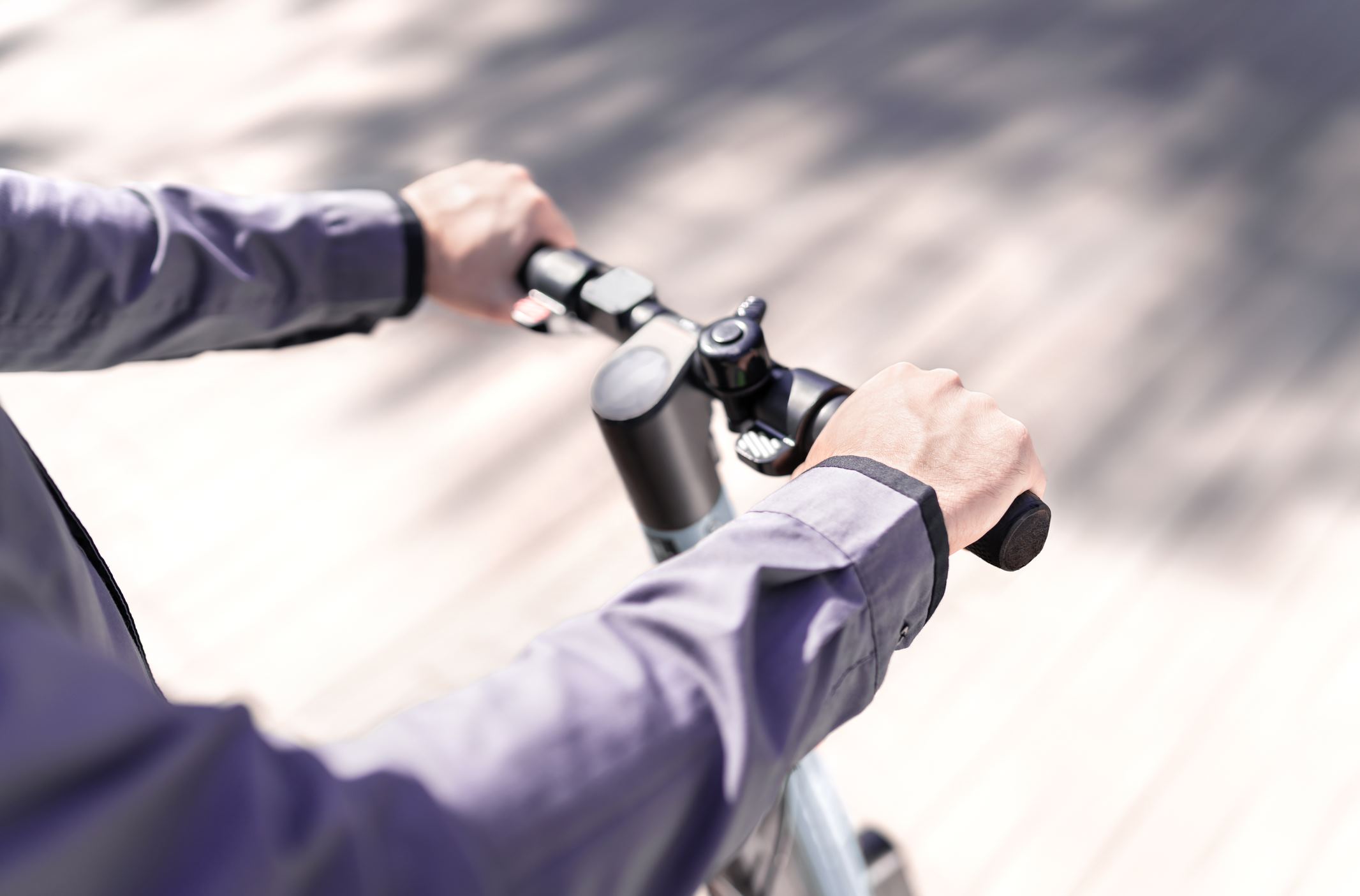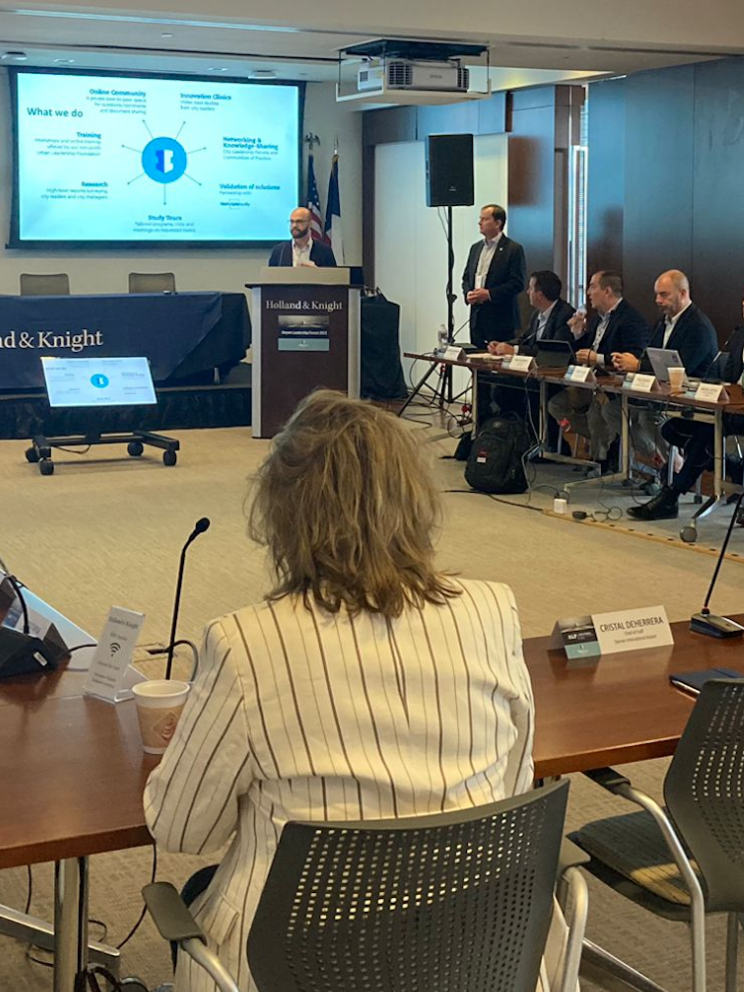
Transport strategy is key to Hamburg’s climate goals
18 June 2025
by William Thorpe
Hamburg is on course to become climate-neutral by 2045 by significantly strengthening public transit and offering residents and visitors an attractive alternative to cars.
Speaking during UITP’s Summit Opening Ceremony in Hamburg, the Minister for Transport and Mobility Transition, Dr Anjes Tjarks, told delegates that the city’s aim was to reduce the CO₂ emissions from the transit sector, “by building 34 new S- and U-Bahn stations, advancing digitalisation, and integrating autonomous shuttles as a new pillar of public transportation”.
Hamburg is aiming to increase the share of public transit in the modal split from 24 percent to 30 percent by 2030. This is a key component of its target to achieve 80 percent of the modal split through environmentally friendly modes by 2030.
“To do this, we are fundamentally rethinking public transportation in our city so that we are no longer planning just a public transportation service but adopting the user perspective,” said Tjarks. “It’s about creating a liveable city where the mobility needs of all people are taken into account.”
One of the challenges facing Hamburg, a city of nearly two million people, is its comparatively low population density. Vienna, for example, is of similar size but has a population density that is double that of Hamburg.
Given Hamburg’s rural areas and volume of single homes, Tjarks said the key was to cut the costs of production of public transport per kilometre. One way of achieving that is to invest in automated vehicles and the digital integration of public transport companies.
“Autonomous ride pooling is, in this regard, a technological advancement and, from the perspective of the Department for Transport and Mobility Transition (BVM), an important piece of the puzzle for the future of public transportation,” he said. “It essentially forms a new pillar within public transport (ÖPNV) and thus bridges the gap between private cars and traditional public transit such as buses and trains.”
On-demand ride pooling services can make public transit more flexible and better tailored to the individual mobility needs and goals of customers. This would be particularly valued in the rural outer areas of Hamburg where, despite increased rapid transit development and expanded tangential bus connections, a comprehensive public transport network still does not exist.
“In combination with the highly demanded and discounted Germany Ticket, we want to create a kind of ‘Germany-wide offer’,” said Tjarks. “In this sense, the rollout also contributes to public service provision.”
He added that, from an industrial policy perspective, it is of great importance for Germany that the technology is developed in the country and brought to series maturity.
“This creates jobs and strengthens the economic location. For example, later this year we will allow a defined user group in the city area to ride autonomous shuttles, still with safety drivers. And by 2026, vehicles are expected to operate autonomously in Hamburg, which will be the first time in Europe.”
While there is a lot of excitement and anticipation around the rollout of automated services, Tjarks was at pains to point out that traditional public transit with trains and buses would remain the backbone of public mobility.
“In terms of capacity alone, ride pooling will only be a supplement though an important one to conventional public transport offerings in the long run.”
Hamburg’s mobility strategy is often held up as an example of successful collaboration between various stakeholders, such as transport authorities, operators and planners. Tjarks said he hopes this year’s UITP Congress will lead to the sharing of the many different experiences from countries and providers, and ultimately help attendees to reflect the needs of the people in each locality.
“We think about mobility in Hamburg in a holistic and inclusive way,” he said. “People have very individual mobility needs, routes, distances, and travel times every day. For example, many people are not mobile in just one way each day. Some walk then use the train. Others ride their bike first, then take the train. Some drive by car. It therefore makes sense to coordinate and connect different mobility options as much as possible and to think about them together.”
Image: UITP









